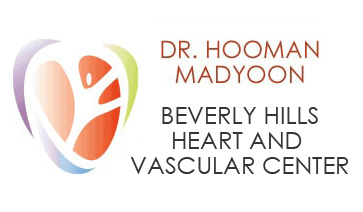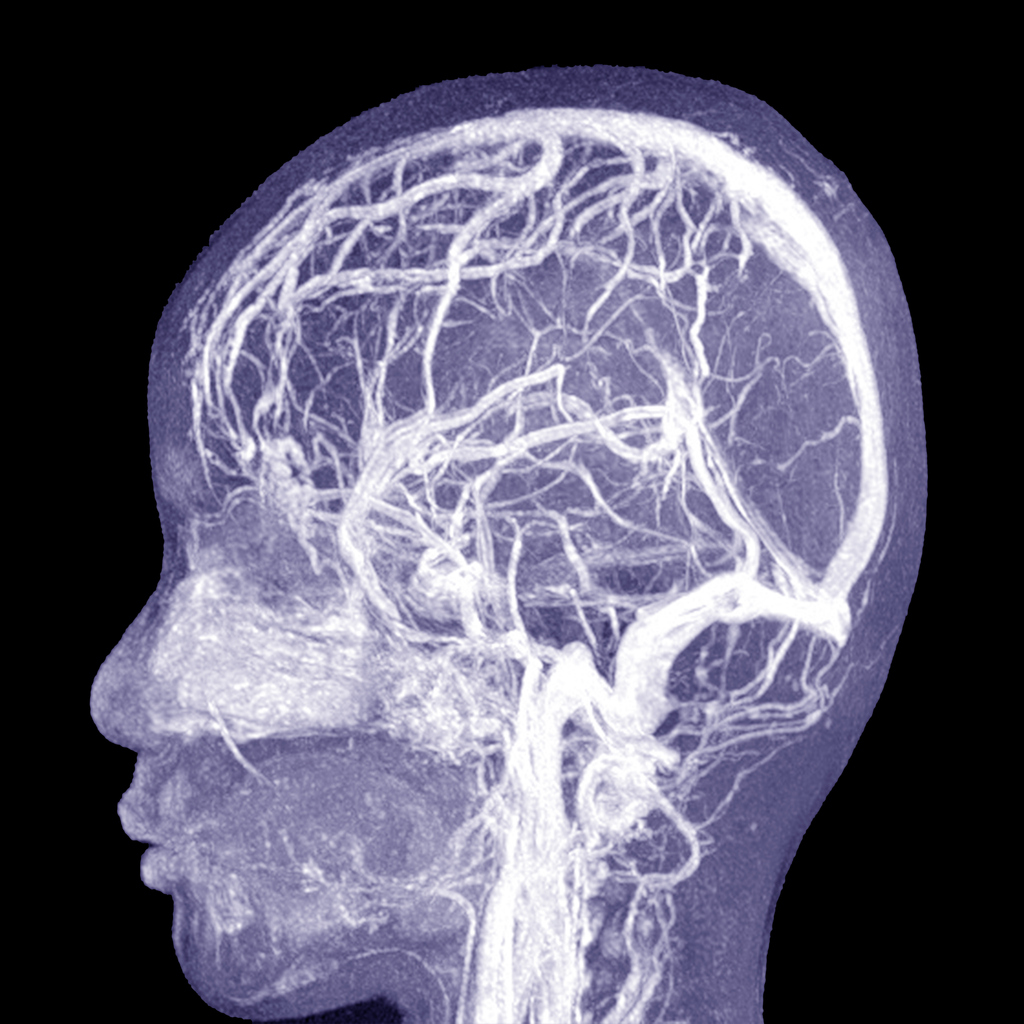Without healthy veins, the body can quickly deteriorate. Blood circulation is the foundation for keeping every organ and element of the body functional and healthy. So, if something has gone wrong with your veins, you want to know sooner rather than later. But how do doctors examine vein health?
How Do Doctors Examine Vein Health?
From ultrasounds to X-rays, there are many methods for doctors to peer inside the body and evaluate patient health. For veins, techniques that use CT and MRI (e.g., venography) are some of the most helpful.
These imaging modalities serve patients well due to being safe, noninvasive, and comfortable. However, the right type of imaging can depend on your symptoms and suspected diagnosis. When examining vein health, you want a method that provides accurate, extensive information.
Why Venography Over Ultrasound for Veins?
Ultrasound imaging remains exceptionally beneficial for a range of exams. Most notably, it provides clear imaging for pregnant patients. It involves no radiation and is highly safe, even for a fetus.
Nevertheless, ultrasound imaging does have some significant limitations. When examining veins, an ultrasound can miss key details about the body’s circulatory system. For example, it may fail to identify perforator and accessory veins.
CT and MRI venography allows for more precise results and can look for multiple conditions at once.
What Are the CT and MRI Parts of the Exam?
CT stands for computed tomography, and MRI stands for magnetic resonance imaging. Each of these can be performed on its own across a range of applications.
CT scans involve taking multiple X-rays of a body part. The radiologist can then combine these individual X-rays into a comprehensive 3D image of target structures. With a system as complex as the circulatory system, having such detail provides exceptional benefits in disease evaluation and diagnosis.
An MRI also can produce 3D images, but it relies on radio waves and a powerful magnetic field. The patient lies still during the exam as the machine renders images based on the changes in the magnetic field.
Are These Vein Imaging Techniques Safe?
Both CT scans and MRIs are safe for vein exams. Additionally, both techniques work without causing any pain. However, we keep in mind a few factors when determining the appropriate imaging type. Patient safety will always stay at the forefront of any exam or medical intervention.
CT Scans
Since CT scans take multiple X-rays, they do expose patients to more radiation than typical 2D X-ray imaging. The amount of radiation still rests at safe levels and has a minimal effect on the body. However, medical professionals do consider several factors before proceeding with it. For example, patients should not have frequent CT scans, thus avoiding routine exposure to radiation.
When discussing this option with your specialist, let them know of any recent imaging using X-rays. We always weigh patient safety as the core element when deciding how to examine vein health. In many cases, the benefits of a CT scan far outweigh any risks. In short, if you have a vascular condition, your doctor will need to know about it to provide the proper treatment.
MRIs
MRIs do not use radiation. However, the powerful magnetic field can affect implants such as a pacemaker or hearing aid. Additionally, patients should not wear any metal during the exam. This includes earrings and jewelry. But it also means we need to know if you have any metal inside the body (such as a knee replacement).
We carefully discuss the procedure with patients ahead of time to ensure they have no prosthetics or devices that could prove problematic. Otherwise, MRIs are a highly safe imaging modality.
Of note, some patients may feel claustrophobic during the exam. In these cases, we may provide a mild anti-anxiety medication to reduce patient stress.
Other Ways to Examine Vein Health
Imaging exams are the definitive solution for evaluating vein health. However, a specialist will also include a review of your medical history. By looking at your history of conditions (and your family history), we can build a better picture of your cardiovascular situation.
Additionally, never discount the importance of a physical exam. Though an internal view provides more detail, a skilled vein expert will glean much from a physical exam. Comprehensively examining vein health involves a multimodal approach that weighs multiple factors for a complete picture.
A Leader in Healthy Circulation
Dr. Madyoon has worked as a cardiologist in Beverly Hills for decades, providing life-saving care for residents of all ages.

